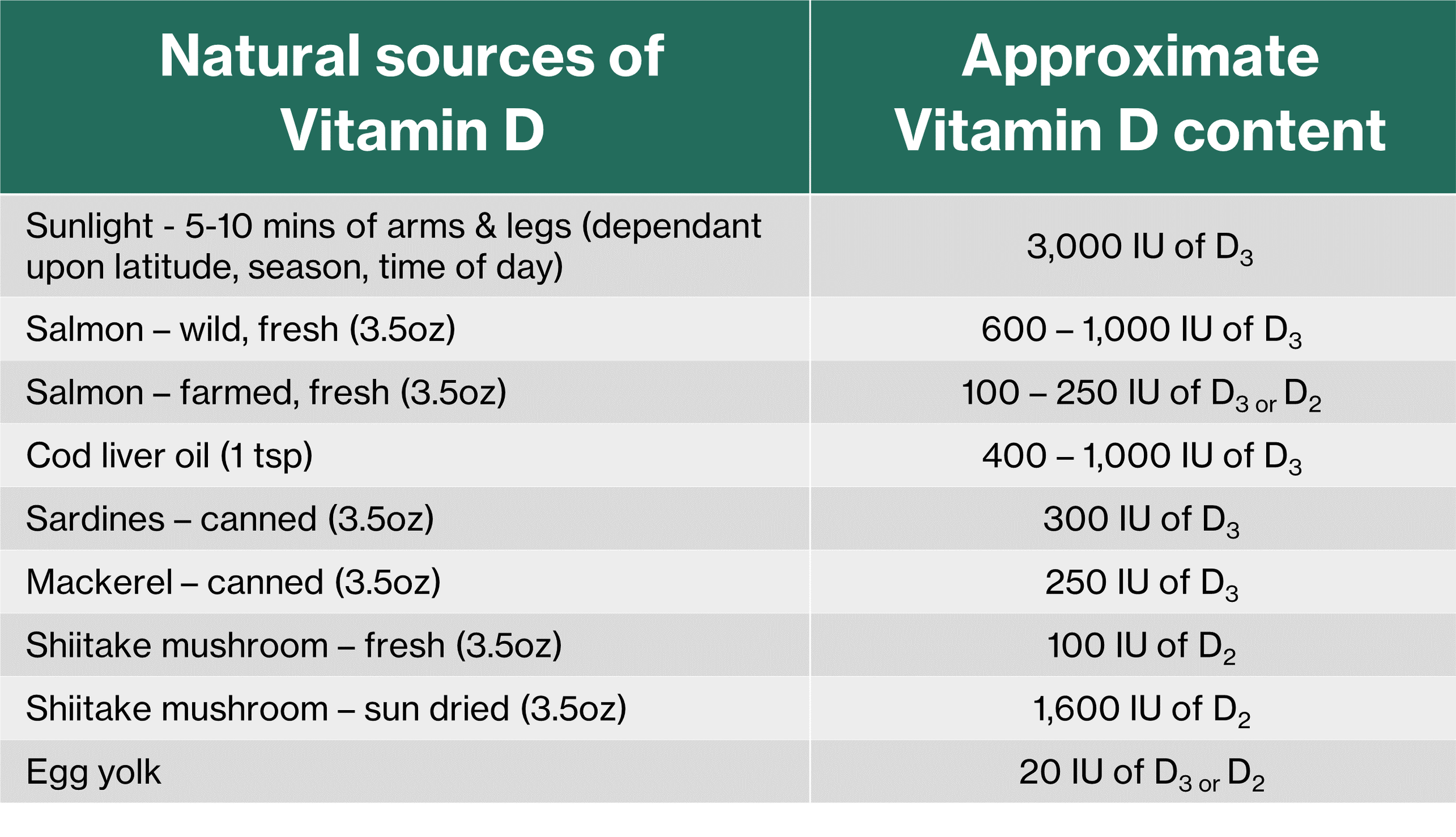Scotland started basking in sunlight today
In a nutshell
Today was the first day of the year that sunlight might generate some vitamin D
Cold weather may cause our cells to generate their own vitamin D during winter
Sunlight is vitally important for good health…get yours safely
I use the iPhone My Circadian app to track sunrise and sunset, ensuring I get outside each day to set my circadian clock. Today, March 11, is a significant milestone — for the first time this year, the sun in my region provides enough UVB to kickstart vitamin D production in my skin.
I’m fascinated by the topic of healthy sun exposure. While I’m still exploring the vast amount of available research, I wanted to use this short article as an update on what I’ve learned so far.
I’ll cover:
Seasonal variation in UVB and its health implications
Alternative sources of vitamin D
Safe sun exposure practices
Seasonal Variation in UVB
We generate vitamin D in our skin when exposed to sunlight containing ultraviolet B (UVB) radiation.
In the UK and similar latitudes, seasonal variation limits UVB exposure during autumn and winter (September to March). In some regions, like northern England, sun exposure may be insufficient for certain people to maintain adequate vitamin D levels [1]. As a result, natural vitamin D production in the skin can be nearly nonexistent during those months.
Other Sources of Vitamin D
When sunlight is scarce, there are three main alternative sources of vitamin D:
Food
Supplements
Internal production (a controversial concept)
Food
I’ve written before that dietary sources of vitamin D provide far less than what we can synthesize through brief, healthy sun exposure. Still, foods like wild-caught fish and sun-dried mushrooms offer a natural boost (Table 1).
Table 1: Natural sources of Vitamin D. IU = International Unit. 1,000 IU – 25 micrograms
Supplements
I take a daily 5,000 IU vitamin D3 supplement with magnesium and vitamin K2. Magnesium is essential for activating vitamin D, while vitamins D3 and K2 work together to regulate calcium absorption and distribution.
Internal Vitamin D Production?
I recently came across a curious theory — the idea that cold exposure might trigger internal UVB light production, leading to vitamin D synthesis. This claim appeared in an article by a cold plunge manufacturer (which raised some red flags for me, to put it mildly).
The author argued that cold environments, like Scottish winters, could induce the body to emit weak UVB light. This light, in theory, might stimulate internal vitamin D production. My skepticism grew when I noticed the author seemed to misinterpret one of the referenced studies.
Still, I dug into the research. One paper discussed the low-level emission of light (biophotons) by plants and animals [2]:
“All living beings seem to emit biophotons...
...biophotons are another communication route developed by nature to allow the exchange of information.”
The researchers also noted that biophoton emissions change under stress. It’s possible that cold exposure, as a mild stressor, could alter biophoton production — maybe even producing weak UVB. However, this remains a purely theoretical concept for now.
Winter sun in Scotland isn’t high enough above us to be a sun-burn concern
Safe Sun Exposure
As we approach spring, it’s a good time to review safe light exposure practices:
Maximize exposure to the full spectrum of sunlight for its synergistic benefits
Start with short sessions to assess your body’s response, similar to how you’d ease into exercise
Get morning sunlight exposure to help regulate your circadian rhythm
Protect against excessive UV exposure:
Avoid seed oils in your diet (I avoid them completely)
Limit high-SPF sunscreen use — opt for low-SPF on the face and allow skin to absorb some UVB
Use clothing and shade as natural protection after moderate sun exposure
Protect against insufficient sunlight exposure (especially in northern climates):
Maintain a vitamin D supplement regimen
Maximize safe skin exposure during outdoor activities (cycling, gardening, etc.)
Use infrared (IR) sauna lamps to simulate some of the sun’s benefits
Minimize exposure to unnatural electromagnetic radiation (EMR):
Limit screen time before sunrise to avoid disrupting your circadian rhythm
Keep devices out of the bedroom for better sleep
Use full-spectrum or red-light bulbs indoors to mimic more natural light
Summary
Living in higher latitudes carries certain health risks due to limited sun exposure. Research suggests this can increase vulnerability to chronic diseases, infections, and even mortality [3]:
“It is an undisputable fact that living at higher latitudes and having less sun exposure increases risk for many chronic illnesses, infectious diseases, and mortality.”
My strategy is to give my body every chance to thrive:
I prioritize sun exposure when possible
I support my health with nutritious food and supplements
I embrace mild cold exposure to build resilience
It rarely gets truly cold where I live, so I’ve started skipping hats and gloves, wearing fewer layers, and allowing myself to feel the colder air — all while avoiding harmful overexposure. My goal is to gently condition my body to the seasons without adding unnecessary stress.
I’m still learning, but each year I refine my approach to living in sync with nature.
Would you like me to add more references or elaborate on any section? Let me know!
References
Kift R, Rhodes LE, Farrar MD, Webb AR. Is Sunlight Exposure Enough to Avoid Wintertime Vitamin D Deficiency in United Kingdom Population Groups? Int J Environ Res Public Health. 2018 Aug 1;15(8):1624. doi: 10.3390/ijerph15081624. PMID: 30071636; PMCID: PMC6121420.
De Paolis, L et al (2024) Biophotons: A Hard Problem
Holick, MF Biological Effects of Sunlight, Ultraviolet Radiation, Visible Light, Infrared Radiation and Vitamin D for Health Anticancer Research Mar 2016, 36 (3) 1345-1356

